How to Choose a Zipper Slider
So you don’t need to replace a whole zipper, just the slider?
A zipper slider - which is also known as a zipper pull - is the piece on a zipper that moves up and down the zipper track.
Replacing a zipper slider is usually a much easier repair than a full zipper replacement, but there are still several questions that need to be answered before choosing the correct one.
This step-by-step guide will go over everything you need to know in order to help you determine the right slider to order.
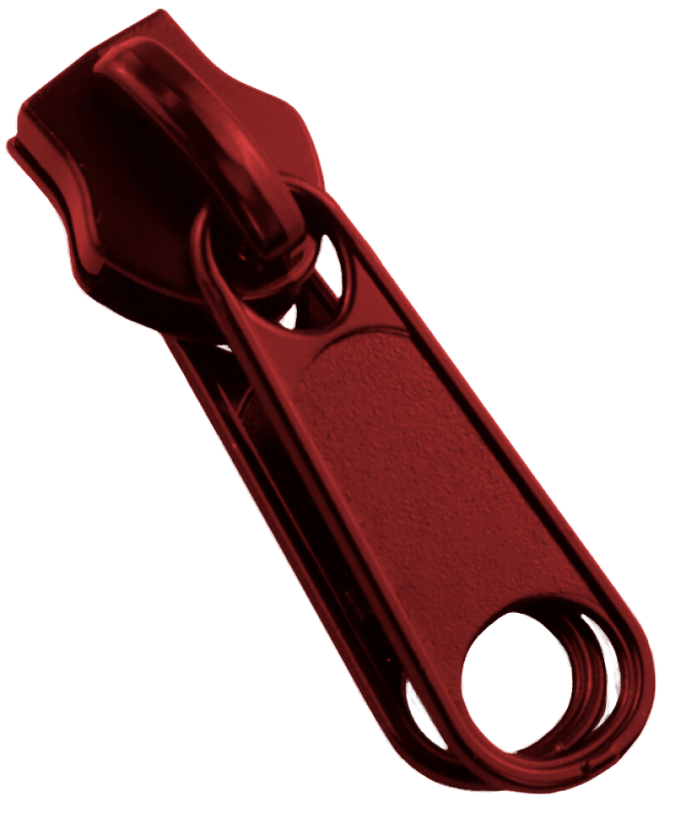
First, some important things to know...
Before diving in to the slider you need, there are a couple of things to keep in mind:
Most sliders have a metal body: standard sliders are typically made of metal, regardless of the type of zipper. In other words, most nylon coil, molded plastic and metal zippers will have a metal body slider. You can get an all plastic body slider (more on this later), but all-plastic body sliders are considered to be specialized sliders.
Why is this important? Often, people will come to us saying they need a 'metal zipper slider' (as in slider for a metal zipper), when they in fact need a slider for a molded plastic zipper or a nylon coil zipper. They say this because the body of their slider is metal. This is NOT how to determine what you need. The type of slider you need is based on zipper tooth material, which we cover below in Step 1.
Do NOT rely on the markings on the back of a slider to determine the needed replacement: often, sliders will have markings on the back. These may be numbers, letters or both. While the number might signify gauge, this isn't always the case. Furthermore, it's important to note that the number may refer to the manufacturer's gauge. Manufacturers have different machinery that outputs different sizes. Think about this like a clothing brand - one brand's size 4 might not be the same as another brand's size 4.
Because of this, the proper way to determine a zipper's gauge (and needed slider) is to measure the zipper itself. Zipper Shipper lists slider replacements based on these measurement principles.
For replacements on in-between sizes, we recommend ordering multiple sliders. Zipper Shipper stocks the most popular sizes for slider replacements, but you may find that you have an in-between size. For example, if you have something that measures 6mm, a #5 might fit or a #7 might fit. We recommend ordering the two closest sizes up and down when this is the case. We've also created slider sampler packs at a reduced cost for this reason.
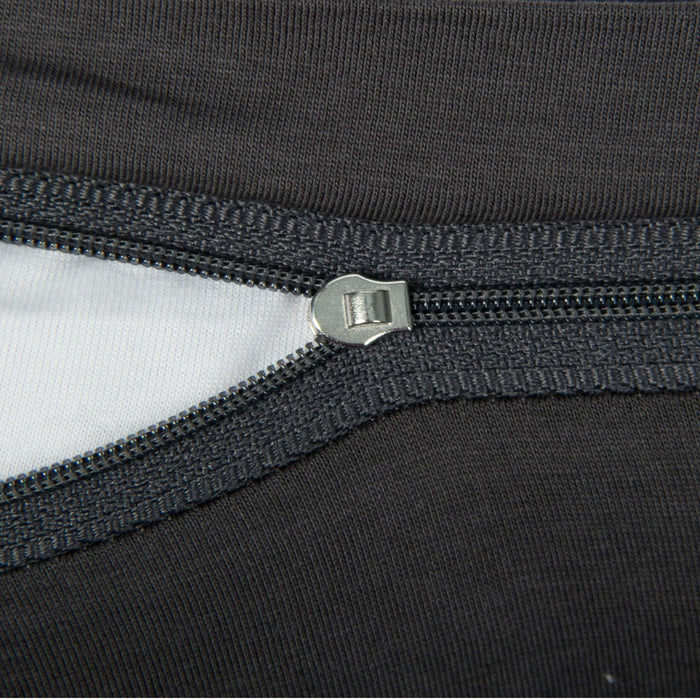
1. What Type of Zipper?
When finding a zipper slider replacement, the first thing to
do is to identify the type of zipper. Or, more specifically, identify the zipper tooth material. The most common types are Metal, Nylon Coil, Molded Plastic, and Invisible Nylon.
Determining the correct type of zipper is very important.
Zipper sliders are made to be compatible with their zipper counterparts. In other words, only nylon coil sliders are compatible with nylon coil zippers, only metal sliders are compatible with metal zippers, etc.
There is one sub-type of nylon coil zipper to be aware of – Reverse Coil. While it is technically a nylon coil zipper, it does require its own specific type of slider. We will cover this in more detail later.
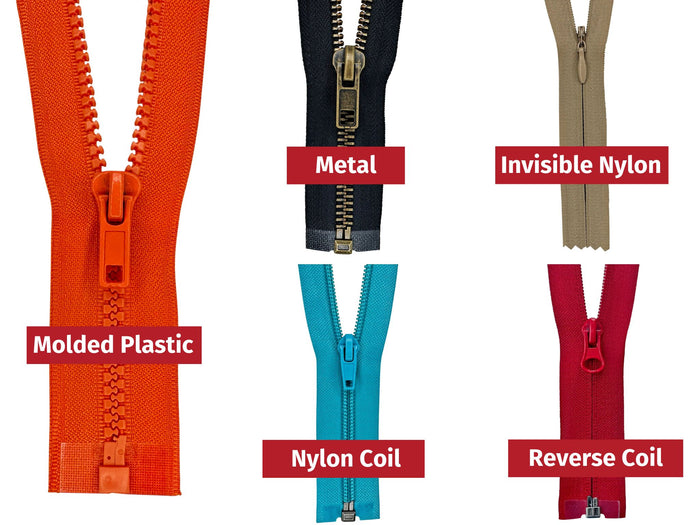
2. What's the Zipper's Gauge (Size)?
Once the type of zipper has been identified, the next step is to determine the gauge (also known as zipper size) of your zipper.
Zipper gauge describes the thickness of the zipper teeth. It's the number that follows a #, and it corresponds to the width of the zipper teeth, in millimeters, when the zipper is zipped.
To measure zipper gauge, you will need a tape measure or digital caliper. Take a measuring tool and measure the width of the teeth from left to right. If your zipper will no longer zip, you can also double the width of one tooth and round down.
Determining the correct zipper gauge is incredibly important as the zipper's size and corresponding slider size need to match. A #10 slider will not work on a #8 zipper, for example.
There might be a number on the back of a slider. This doesn't always refer to the size and might to something else, such as the mold the slider was cast from. It is always best to follow the steps above to determine the slider size needed.
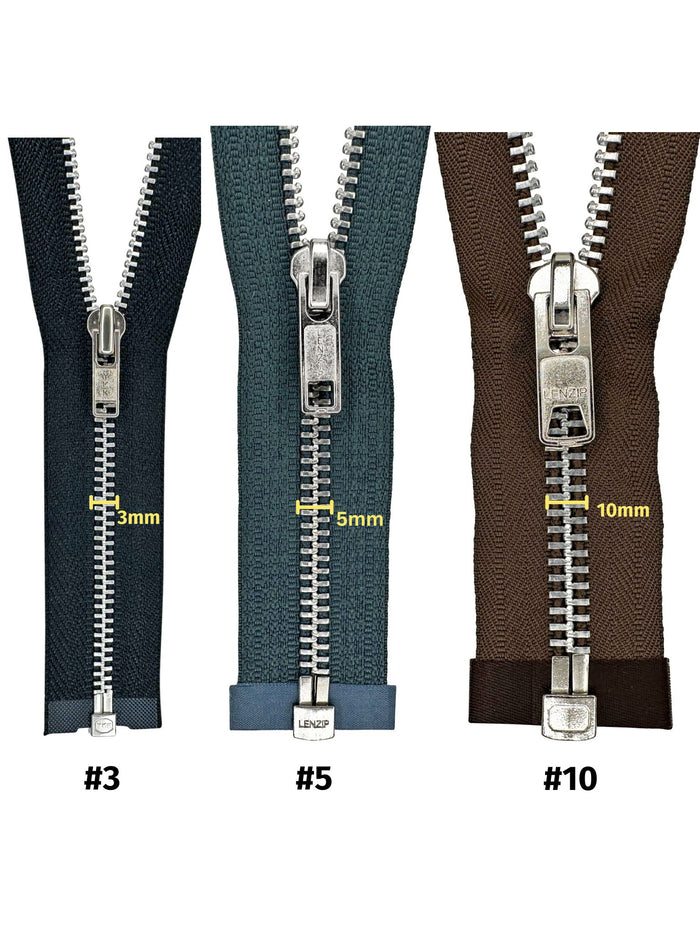
3. Autolock, Nonlock or Flatlock?
The locking mechanism on a slider describes how easily the slider "unlocks" in order to move along the zipper track.
An auto-lock slider has a small pin inside that locks the slider into place and keeps it from moving. When you pull directly down on the pull, it “unlocks” and allows the slider to move up and down the zipper track. The slider will not move unless you pull down directly on the pull tab. Auto-lock sliders are typically found on jackets, pants and other garments. They’re also common in upholstery.
A non-lock slider can be engaged by pulling on the pull tab from any direction. It allows the zipper to be opened by tugging on the pull from any direction (as opposed to pulling directly down, like on a locking slider) or by simply pulling the zipper chain apart. In other words, a zipper is much easier to open when it has a non-lock slider. Non-lock sliders are commonly found on non-garment applications, like bags and tents.
Flatlock sliders are a type of locking slider typically found on jeans, sportswear, activewear and loungewear. The pull on the slider lays flat over the body of the slider and locks into place. It doesn’t hang or dangle as it lays completely flat. It requires the pull to be pulled up and then down to be engaged.
Choosing a locking or non-locking slider is mainly a matter of utility, but there isn't a hard rule on what to use. You can have a locking slider on a bag, for example, but it will make the bag harder to open.
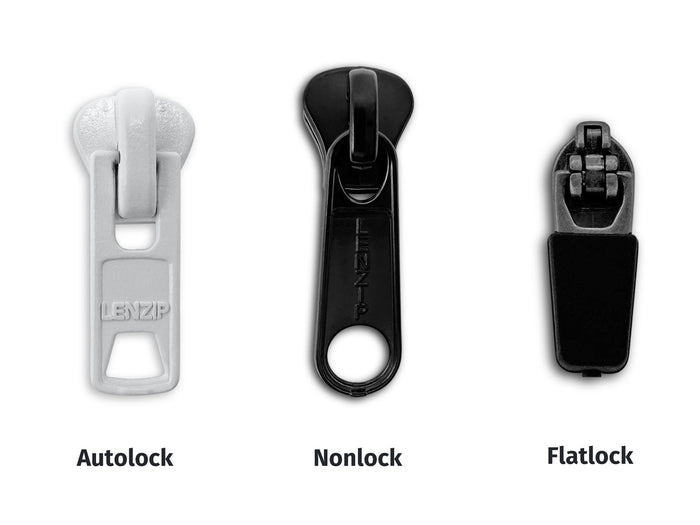
4. One Handle or Two?
Sliders come with one or two handles. It's pretty easy to determine which one you'll need.
One-handle sliders are the most common and are used for applications that require access from one side of the zipper only. They are typically found on clothing, bags, and pillows.
Two-handle sliders are found on items that require inside/outside access. Think tents, sleeping bags, screens/enclosures, etc. They can also be used on reversible jackets.
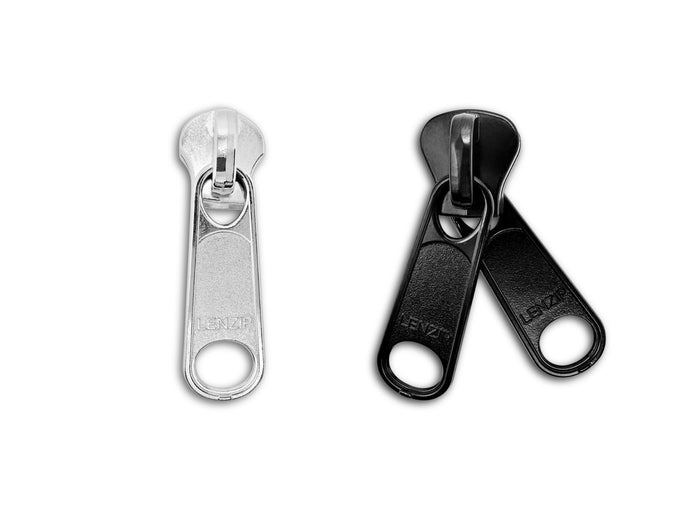
5. Style of Pull
Slider pull style refers to the design of the zipper pull tab itself, which is the part that you grip and pull on in order to move the slider along the zipper track. While pull styles are mostly a matter of personal preference, they can impact the zipper's functionality.
Standard style pulls are very common and often feature a
rectangular shaped pull tab. These are common on garments.
Long pull styles are longer in length than standard pulls.
They're beneficial when easier grip access is needed. These are common on bags.
Wire pulls, ring pulls and Q-pulls have large holes in them. They can be easier to grip over their standard style counterparts and are especially beneficial if you want to attach a piece of fabric or leather to the pull. These are common on jackets and bags.
Swing-around pulls are used on reversible jackets. The pull “swings around” across the top of the zipper, allowing the pull to fall onto the desired side of the zipper.
Water resistant pulls are often coated with plastic or rubber, making them ideal for wetter environments.
There are also various styles of decorative pulls, which are a bit more stylish and intricate in design. These include (but aren't limited to): donut pull, dripping pull, and teardrop pulls. Teardrop pulls are often found on invisible zippers used for pillows, dresses, and skirts.
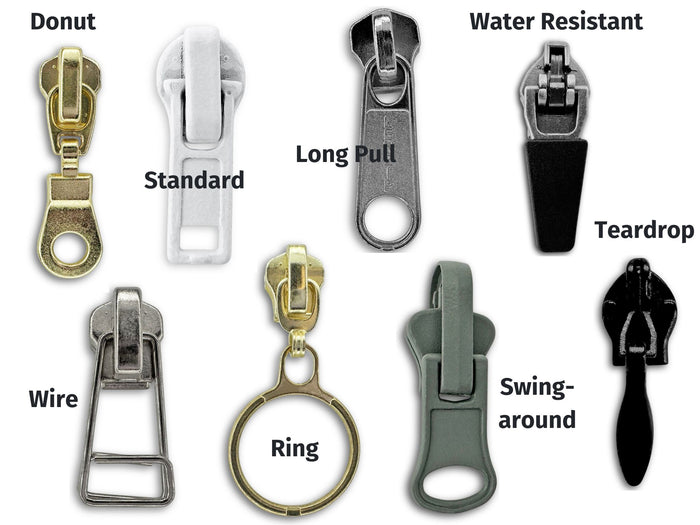
Reverse Bale Sliders
Reverse bale sliders have become a lot more common recently and can be found on anything from garments (jackets, pockets, sportswear, etc) to bags, backpacks and luggage.
If you have a zipper that looks invisible and the teeth face the inside of the zipper, it's most likely a reverse coil zipper and will require a reverse bale slider replacement.
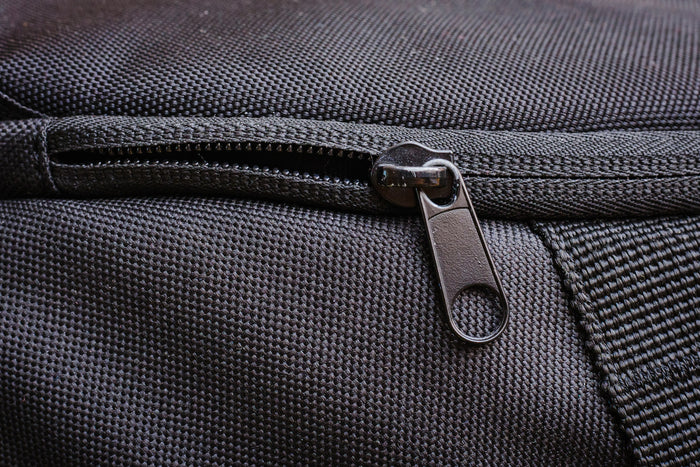
Other Types of Sliders
Not finding what you're looking for above? You may need a more specialized slider. You'll still have to follow steps 1 & 2 from this guide, though.
Bottom sliders are found at the bottom of two-way separating zippers. Bottom sliders are different to standard (top) sliders and will need to be replaced with specific bottom sliders.
Reversible sliders are found on reversible jackets. They either swing around the top to switch sides or they have a two-handle pull (there's a handle on each side of
the zipper).
Shop Reversible Zipper Sliders
All-plastic sliders feature an all plastic body (as opposed to metal, which is standard on all sliders - even on molded plastic zippers). They are commonly used on zippers
that need to be corrosion-resistant (i.e. marine environments) or need to pass through metal detectors. They look almost identical to metal body sliders, but are much lighter in weight.
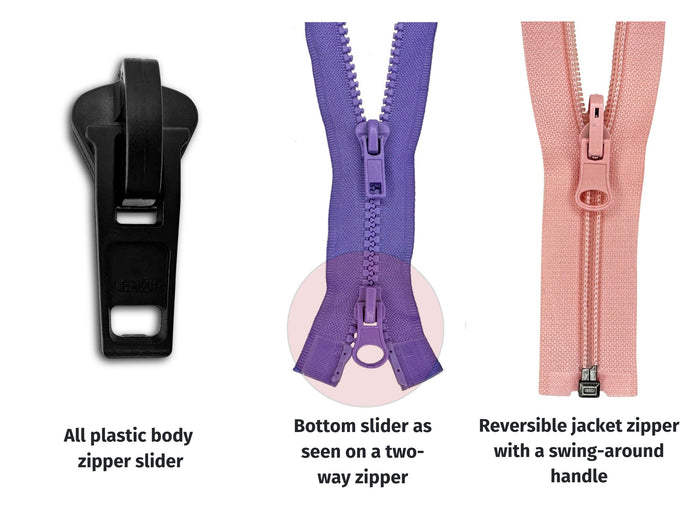
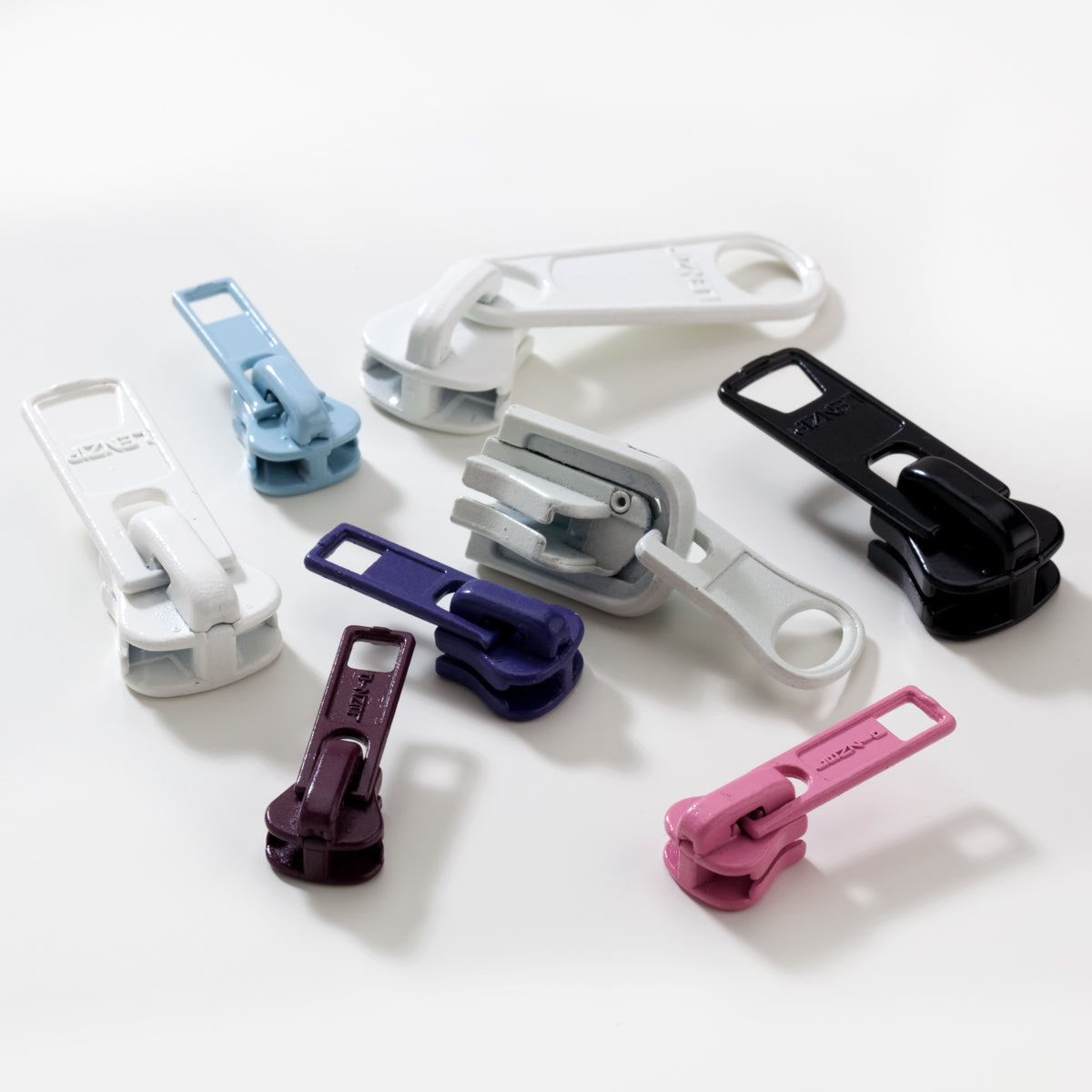
Sliders for Molded Plastic Zippers
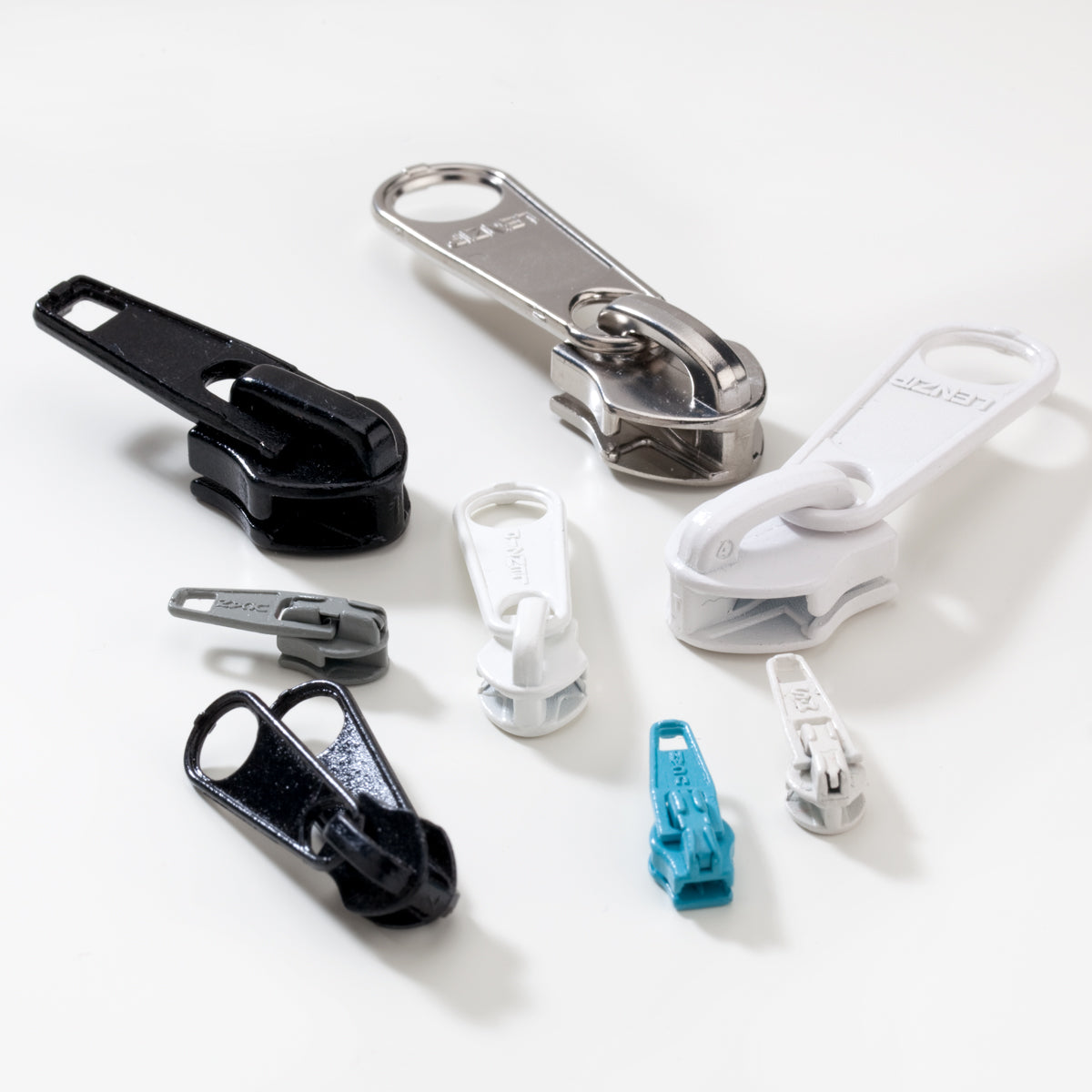
Sliders for Nylon Coil Zippers
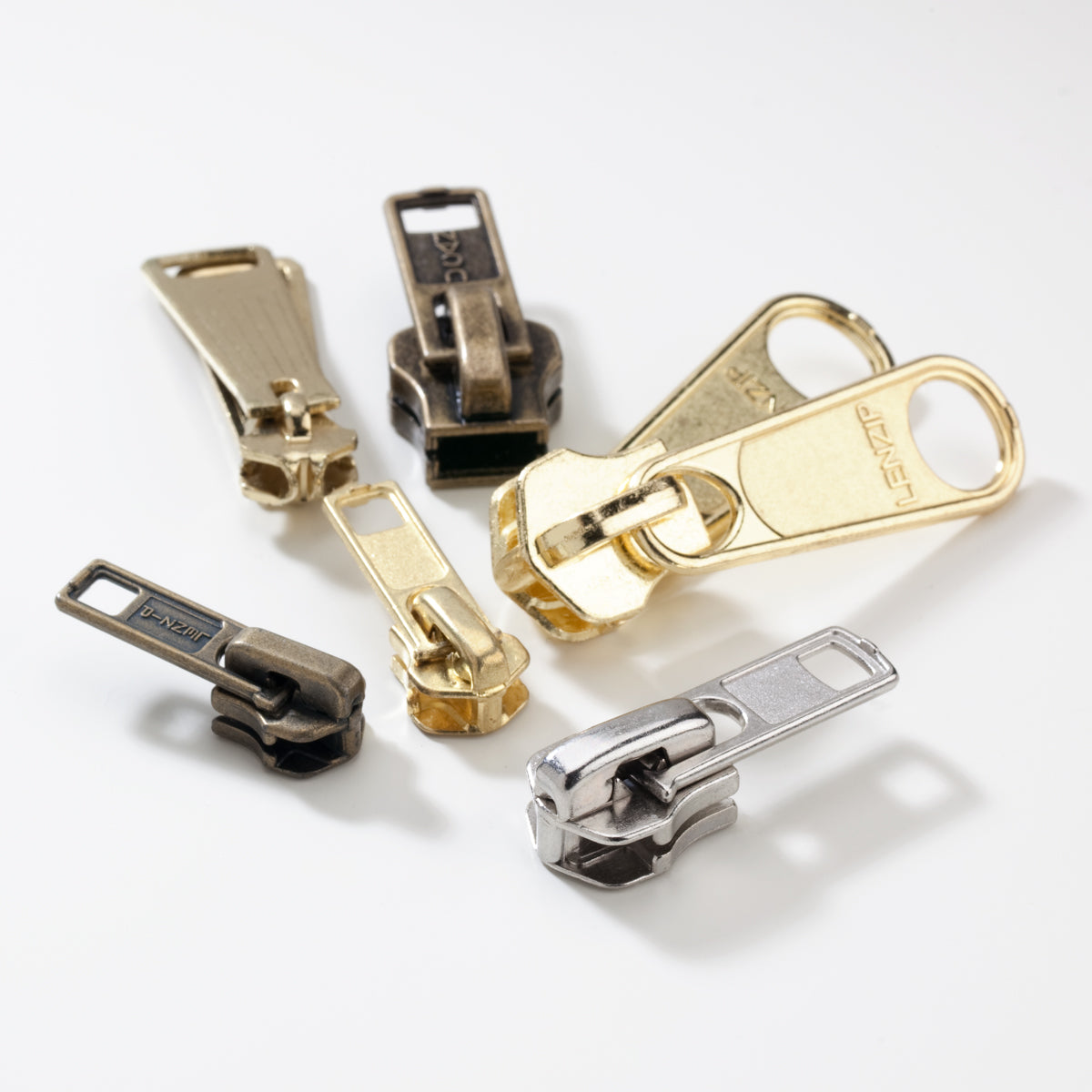
Sliders for Metal Zippers
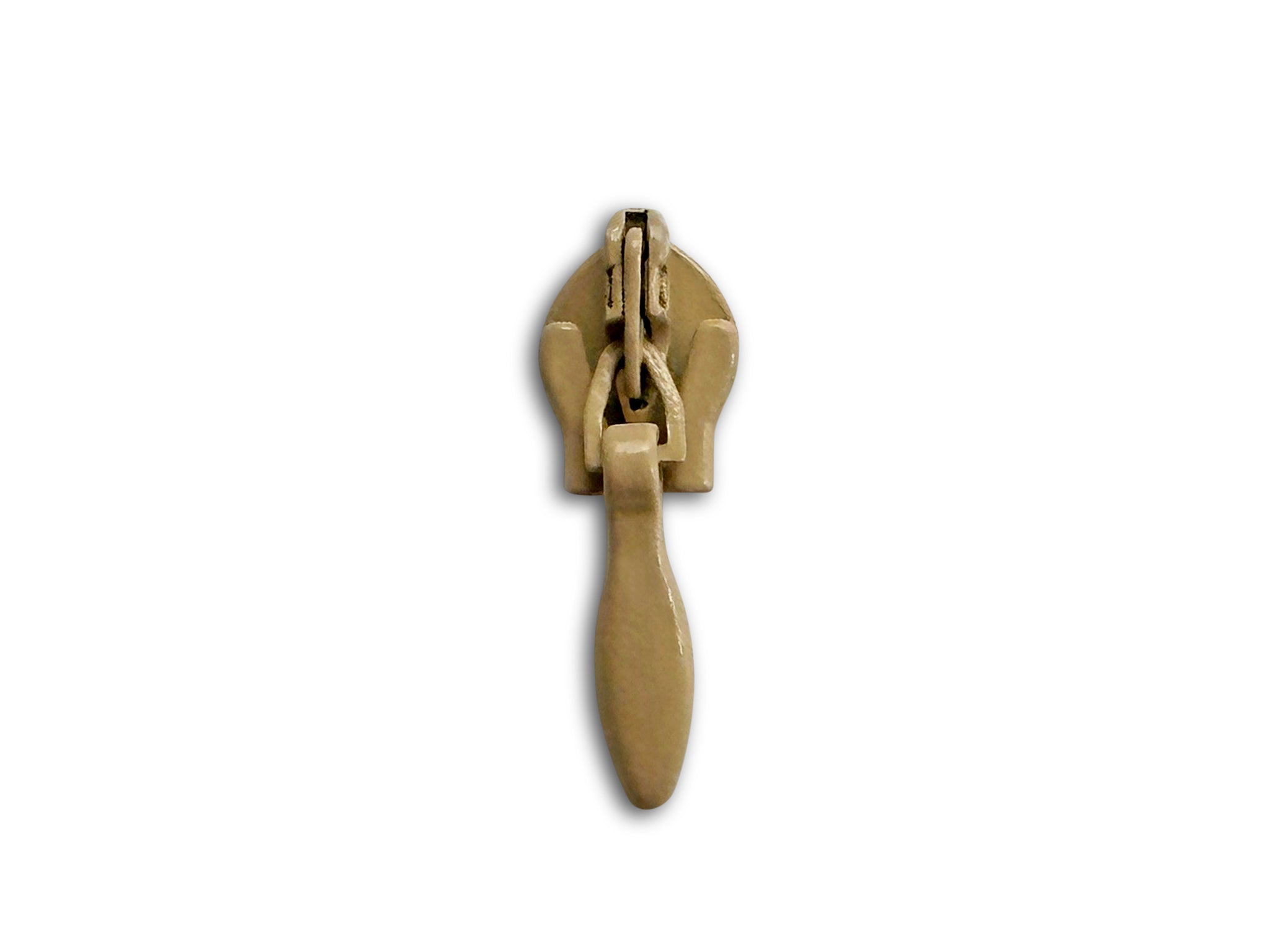
Sliders for Invisible Zippers
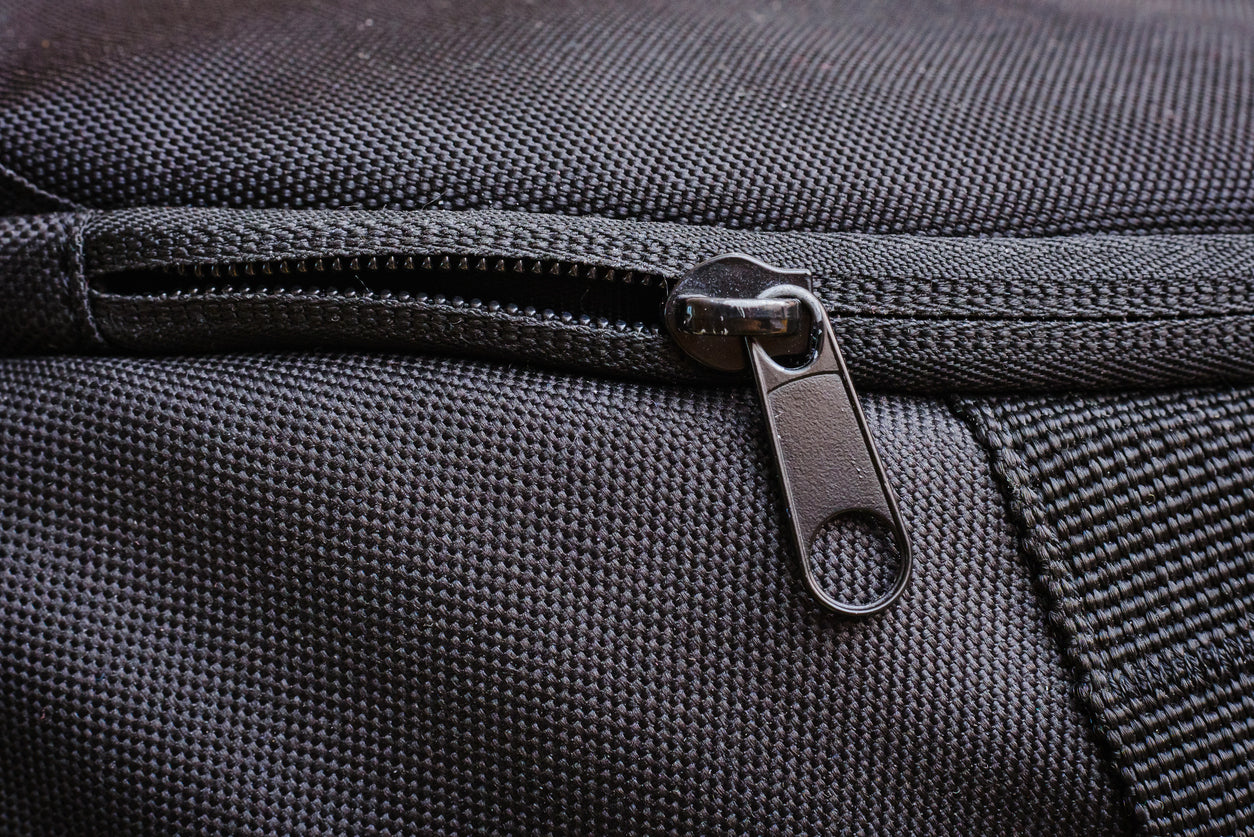
Reverse Bale Sliders
Please keep in mind that we do not guarantee that our sliders will work with your existing zipper. Most of the time they do, but there can be variations across zipper manufactures.
We hope that after reading these instructions you are zipping again in no time flat





















